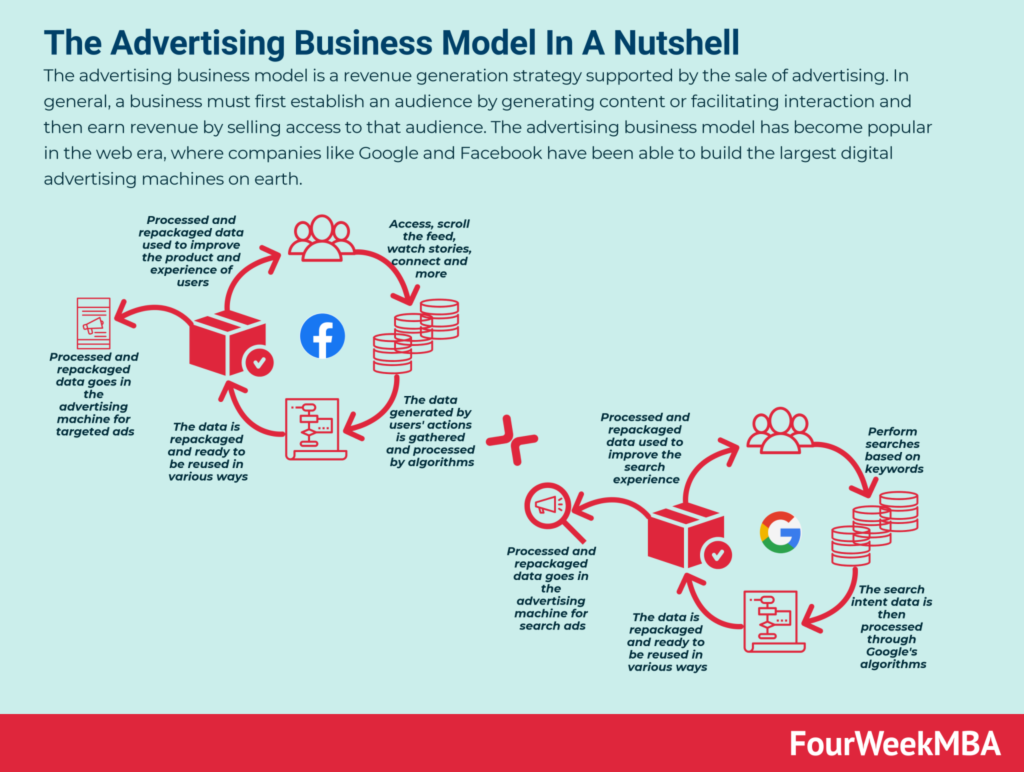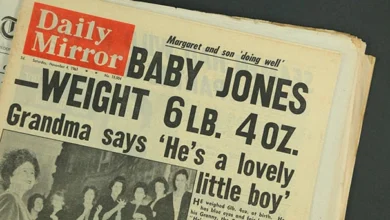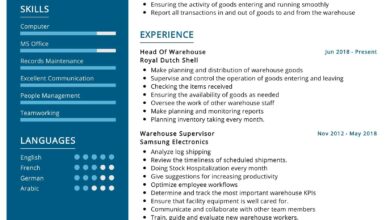ESI Media: Complete Guide to the UK’s Leading Media Group

In the dynamic world of news and media, few names stand out as much as ESI Media. Known for its ownership of The Independent and the Evening Standard, the company has played a crucial role in shaping the UK’s journalism landscape while also expanding its influence on the global stage. As audiences shift from print to digital platforms, ESI Media has managed to adapt, innovate, and thrive in an increasingly competitive industry.
While many media groups struggled with the decline of print circulation, ESI Media positioned itself as a forward-thinking brand by embracing digital-first strategies. The Independent, once a traditional print newspaper, became a pioneer by moving entirely online in 2016. Meanwhile, the Evening Standard maintained its stronghold as London’s iconic free newspaper, reaching millions of commuters daily. Together, these brands reflect the adaptability and resilience that defines ESI Media.
This article takes a closer look at the history, transformation, and future of ESI Media. We will explore its major brands, advertising strategies, impact on journalism, and where it is heading next. Whether you are a media enthusiast, journalist, or casual reader, understanding the story of ESI Media provides valuable insights into the future of news and digital publishing.
The History and Background of ESI Media
The origins of ESI Media are deeply rooted in British journalism. The company was formed as part of the Lebedev family’s investment in UK media, with Russian businessman Alexander Lebedev acquiring stakes in both The Independent and Evening Standard. This marked the beginning of a new era for the two newspapers, ensuring their survival during times of financial uncertainty while positioning them for future growth.
A key milestone in the company’s history came in 2009, when the Evening Standard was transformed into a free newspaper. This bold move shocked the media industry at the time but soon proved revolutionary. By removing the cover price, the Evening Standard massively expanded its readership, becoming London’s go-to source for news, culture, and lifestyle content.
In 2010, ESI Media further strengthened its portfolio by acquiring The Independent titles. However, as print readership declined, the company made the historic decision in 2016 to stop printing the Independent newspaper entirely. Instead, it reinvented the brand as a fully digital platform, making it one of the first national newspapers in the world to embrace an online-only model. This transition not only saved The Independent but also positioned ESI Media as a leader in digital publishing innovation.
Today, the company’s story is one of resilience and reinvention. From navigating ownership changes to adapting to the challenges of modern journalism, ESI Media has shown that embracing change is key to survival in the ever-evolving media landscape.
Brands Under ESI Media
At the heart of ESI Media’s success are its flagship brands: The Independent and Evening Standard. Each serves a distinct purpose but together they create a powerful media network that reaches both local and global audiences.
The Independent has become a true digital success story. Originally founded in 1986 as a print newspaper, it gained a reputation for its balanced reporting and independent voice. After its print closure in 2016, The Independent reinvented itself as a global online platform, available in multiple languages and reaching millions of readers worldwide. It now thrives through digital subscriptions, branded content, and international editions, demonstrating the possibilities of online journalism when executed with vision.
The Evening Standard, on the other hand, remains a cultural staple of London life. Known for being handed out free across the city, it provides readers with a mix of hard news, entertainment, business updates, and lifestyle features. Its accessibility has made it a vital part of the capital’s daily routine, ensuring mass readership and high visibility for advertisers.
Beyond these two iconic outlets, ESI Media has also ventured into digital projects, events, and partnerships, broadening its influence. Together, the Independent and Evening Standard embody the company’s strategy of combining heritage with innovation, appealing to both traditional newspaper readers and a new generation of digital audiences.
ESI Media’s Digital Transformation
The most defining chapter in ESI Media’s story is undoubtedly its digital transformation. In 2016, when The Independent ceased print operations, critics questioned whether an online-only model could succeed. However, ESI Media proved the skeptics wrong. Today, The Independent is one of the most widely read digital newspapers in the UK, with a growing international audience.
The strategy behind this success involved several key elements. First, the company prioritized mobile-first content, recognizing that most readers access news on their phones. Second, it expanded globally, launching international editions in the US, Middle East, and Asia. This not only widened its reach but also diversified its revenue streams. Third, The Independent leaned into branded content, digital advertising, and subscriptions, ensuring financial sustainability in a challenging industry.
Social media also played a pivotal role. By leveraging platforms like Facebook, Twitter, and Instagram, The Independent expanded its visibility and attracted younger audiences. The company’s use of multimedia, including podcasts and video content, further reinforced its digital-first strategy.
Of course, the transition was not without challenges. Competing against global digital giants like Google and Facebook for advertising revenue is tough. Still, ESI Media demonstrated that with innovation, bold decisions, and adaptability, traditional media brands can thrive in the digital age.
Advertising and Business Model

Like many modern media companies, ESI Media’s survival depends on a diverse and adaptable business model. Advertising remains central to its revenue, but the way it approaches advertising has evolved to match digital trends. Instead of relying solely on print display ads, the company invests in data-driven targeting, branded content, and sponsored campaigns that appeal to advertisers seeking measurable results.
The Evening Standard, with its mass readership in London, continues to be a prime choice for advertisers. Its position as a free newspaper distributed widely across the city ensures high visibility for brands wanting to reach urban, professional audiences. Sponsorships and events tied to the Evening Standard, such as its annual theatre and film awards, further boost its advertising appeal.
The Independent relies heavily on digital advertising and global readership. With millions of online visitors, the site provides brands with opportunities to reach international audiences. In addition, the publication has developed subscription models and premium offerings, balancing free access with paid content. This hybrid model mirrors trends across the media industry, where companies must diversify income streams to stay afloat.
By combining advertising, sponsorship, and digital monetization strategies, ESI Media has built a resilient business model capable of weathering the challenges of modern journalism.
ESI Media’s Impact on UK Journalism and Society
Beyond profits and readership numbers, ESI Media has had a profound impact on UK journalism and society. Its outlets are influential in shaping public opinion, political discourse, and cultural narratives.
The Independent, true to its name, built its reputation on balanced, thoughtful journalism. It has covered major political events, global crises, and cultural debates, often appealing to readers seeking impartiality in a polarized media environment. Its decision to go digital-only was also symbolic, highlighting the inevitable shift in how people consume news and paving the way for other outlets to follow.
The Evening Standard plays a different but equally important role. By offering free, accessible news to Londoners, it has democratized access to information in one of the world’s busiest cities. Its mix of politics, entertainment, and lifestyle coverage reflects the diverse interests of its readers, while its editorials often spark debate on local and national issues.
Like all major media groups, ESI Media has faced criticism—particularly concerning ownership, editorial independence, and allegations of bias. However, these debates are part of the wider conversation about media accountability in a democratic society. Regardless of criticism, the group’s contributions to journalism and culture are undeniable.
The Future of ESI Media
Looking ahead, ESI Media’s future lies firmly in the digital space. The company continues to expand internationally, with The Independent now recognized as a truly global brand. By investing in multimedia content such as podcasts, video series, and interactive features, it aims to capture the attention of younger audiences who consume news differently than previous generations.
Innovation will be key. The rise of AI, data personalization, and evolving subscription models are reshaping how people access and pay for news. ESI Media is already experimenting with these tools, ensuring it remains competitive in a crowded marketplace.
Sustainability is another priority. As the media industry faces pressure to reduce environmental impact, the Independent’s paperless model sets an example, while the Evening Standard may continue adapting to meet changing reader habits.
Despite challenges—from declining ad revenues to competition from tech giants—ESI Media has proven its resilience. If its past is any indication, the company will continue to adapt, innovate, and lead as one of the most influential media groups in the UK and beyond.
Conclusion
ESI Media’s journey from traditional print to digital pioneer is a testament to resilience and innovation. By boldly transforming The Independent into an online-only platform and maintaining the Evening Standard as London’s most iconic free newspaper, the company has managed to remain relevant in an era where many others have struggled.
Its impact on journalism, culture, and public discourse is significant, making it a true powerhouse in the UK media landscape. While challenges remain, ESI Media’s adaptability and forward-thinking strategies suggest it will continue to play a major role in shaping the future of news.
FAQs about ESI Media
What is ESI Media best known for?
It is best known for owning The Independent and Evening Standard, two of the UK’s most influential media brands.
Who owns ESI Media?
ESI Media is owned by the Lebedev family, with key involvement from Alexander Lebedev and his son Evgeny Lebedev.
Why did The Independent go digital-only?
Declining print circulation and rising digital readership prompted the move, making it one of the first major UK newspapers to go online-only in 2016.
Is the Evening Standard still in print?
Yes, it remains a free newspaper distributed widely across London, while also having a strong digital presence.
How does ESI Media make money in the digital era?
Through advertising, branded content, sponsorships, and subscription models.
What audience does ESI Media target?
The Evening Standard primarily targets London professionals and commuters, while The Independent appeals to a global, digitally engaged audience.
What challenges does ESI Media face in the future?
Key challenges include competition for advertising revenue, maintaining editorial independence, and adapting to rapidly evolving digital technologies.
You May Also Read: How Many British Live in Dubai




